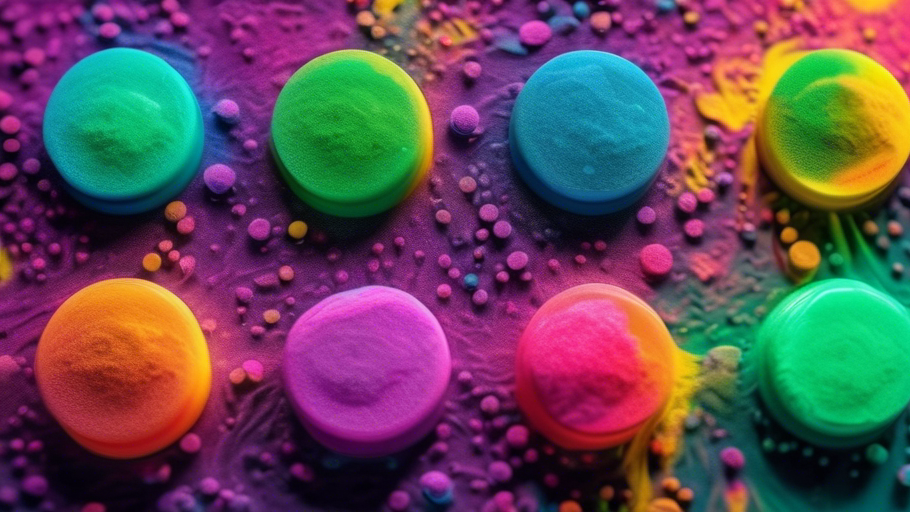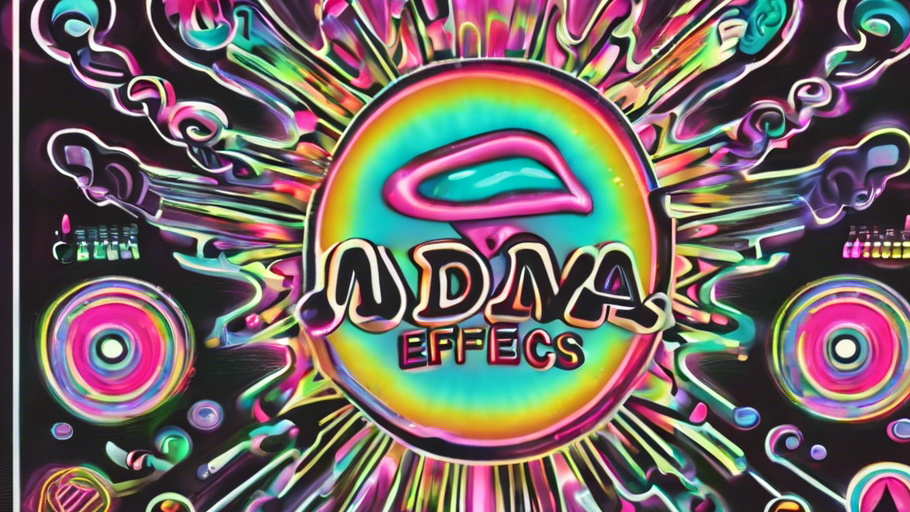MDMA, commonly known as Molly or Ecstasy, is a psychoactive drug that has gained popularity for its ability to produce feelings of intense euphoria and heightened sensory perception. While the immediate effects of MDMA can be alluring, it’s the subsequent comedown that often catches users by surprise.
This phase can be marked by a stark contrast to the drug’s initial pleasurable effects, leading to a range of uncomfortable symptoms.
What is a Molly Comedown?
A Molly comedown is the period following the use of MDMA when the body attempts to recover from the drug’s impact. Unlike addiction, which is characterized by compulsive drug-seeking behavior despite harmful consequences, a comedown can occur even after a single dose of MDMA.
The comedown phase is typically associated with feelings of severe depression and sadness due to the depletion of neurotransmitters such as Serotonin, Dopamine, and Norepinephrine.
These chemicals are responsible for regulating mood, energy levels, and overall well-being, and their sudden drop after MDMA use leads to the symptoms commonly experienced during a comedown.
Symptoms of a Molly Comedown
The symptoms of a Molly comedown can be both psychological and physical. Users may find themselves grappling with deep-seated depression and anxiety, often lasting for at least 24 hours post-use. The severity of these symptoms can be exacerbated for regular users or individuals with pre-existing mental health disorders.
Fatigue is another hallmark of the MDMA comedown, with users reporting an overwhelming sense of tiredness and an unwillingness to engage in regular activities. This lethargy is accompanied by increased irritability, making even simple tasks seem daunting.
Physical symptoms may include tremors or shivering, a manifestation of the body’s struggle to regain equilibrium. Users might also experience difficulty holding objects or performing tasks that require fine motor skills due to general physical weakness.
Another common symptom is increased jaw clenching, which not only causes discomfort but can also lead to long-term dental damage. This involuntary action may be noticeable to others and is often a telltale sign of recent MDMA use.
Sleep disturbances such as vivid nightmares, night terrors, or sleepwalking can further disrupt the recovery process, impacting the quality of rest and contributing to the overall malaise experienced during a comedown.
Duration and Severity of Comedown Symptoms
The onset of comedown symptoms typically begins as the effects of MDMA start to wane, with the most intense symptoms presenting within the first 24 hours after use. The duration and severity of these symptoms can vary widely depending on factors such as the amount of MDMA taken, the frequency of use, and the user’s individual physiology.
Long-Term Effects of Repeated MDMA Use
Chronic use of MDMA can lead to more than just temporary discomfort during a comedown. There is a potential for lasting mental health issues and neurotransmitter imbalances that may make cessation of the drug particularly challenging. Furthermore, long-term use of MDMA has been linked to the development of mental health disorders, compounding the difficulties faced by those seeking to stop using the drug.
Withdrawal from MDMA
Withdrawal from MDMA is characterized by a set of symptoms that arise when a person who has been using the drug regularly attempts to quit. The distinction between comedown and withdrawal lies in the psychological dependence that can develop with repeated use, making the process of stopping fraught with challenges.
Seeking Help for MDMA Comedown and Addiction
Recognizing the need for help is a critical step for individuals struggling with the effects of MDMA. As symptoms can worsen over time with continued use, it is essential to seek assistance from healthcare professionals. Primary care providers can offer initial guidance and referrals to specialized treatment centers that focus on substance use and mental health disorders. These centers provide comprehensive care that may include detoxification, counseling, and long-term recovery strategies.
Individual therapy can be particularly beneficial in addressing the psychological aspects of MDMA use. It offers a safe space to explore the underlying issues that may contribute to substance use and helps develop coping strategies for managing cravings and preventing relapse.
The support from friends and family can also play a pivotal role in recovery. Having a strong network of people who understand the challenges of overcoming MDMA use can provide the emotional support necessary to navigate the difficult path to sobriety.
Recovery and Rehabilitation
Recovery from an MDMA comedown involves the restoration of normal neurotransmitter levels, a process that can take time and patience. While the body has an innate ability to heal, the recovery period can vary from person to person. During this time, it is important to manage comedown symptoms effectively. This may include ensuring adequate rest, maintaining a balanced diet, staying hydrated, and engaging in light exercise to boost mood and energy levels.
In addition to these self-care practices, rehabilitation programs may offer structured support to help individuals stay on track. These programs often incorporate various therapeutic modalities, such as cognitive-behavioral therapy (CBT), group therapy, and holistic approaches to address both the physical and psychological aspects of MDMA use.
Prevention and Education
Preventing MDMA abuse is an important aspect of addressing the broader issue of substance use disorders. Education plays a crucial role in this endeavor, as it equips individuals with the knowledge to make informed decisions about drug use. Understanding the risks associated with MDMA, including the potential for a challenging comedown and long-term health consequences, can deter initial use or encourage those who are using to seek help.
Educational programs targeting young adults and teenagers, who are often at higher risk for experimenting with substances like MDMA, are particularly important. These programs should focus on the science of addiction, the impact of drugs on mental and physical health, and the importance of seeking help when needed.
Conclusion
The journey through an MDMA comedown can be a daunting experience, marked by a range of uncomfortable and sometimes severe symptoms. However, with the right support and treatment, recovery is possible. Understanding the nature of Molly comedown, recognizing the signs of addiction, and knowing when to seek help are all crucial steps in protecting one’s health and well-being.



